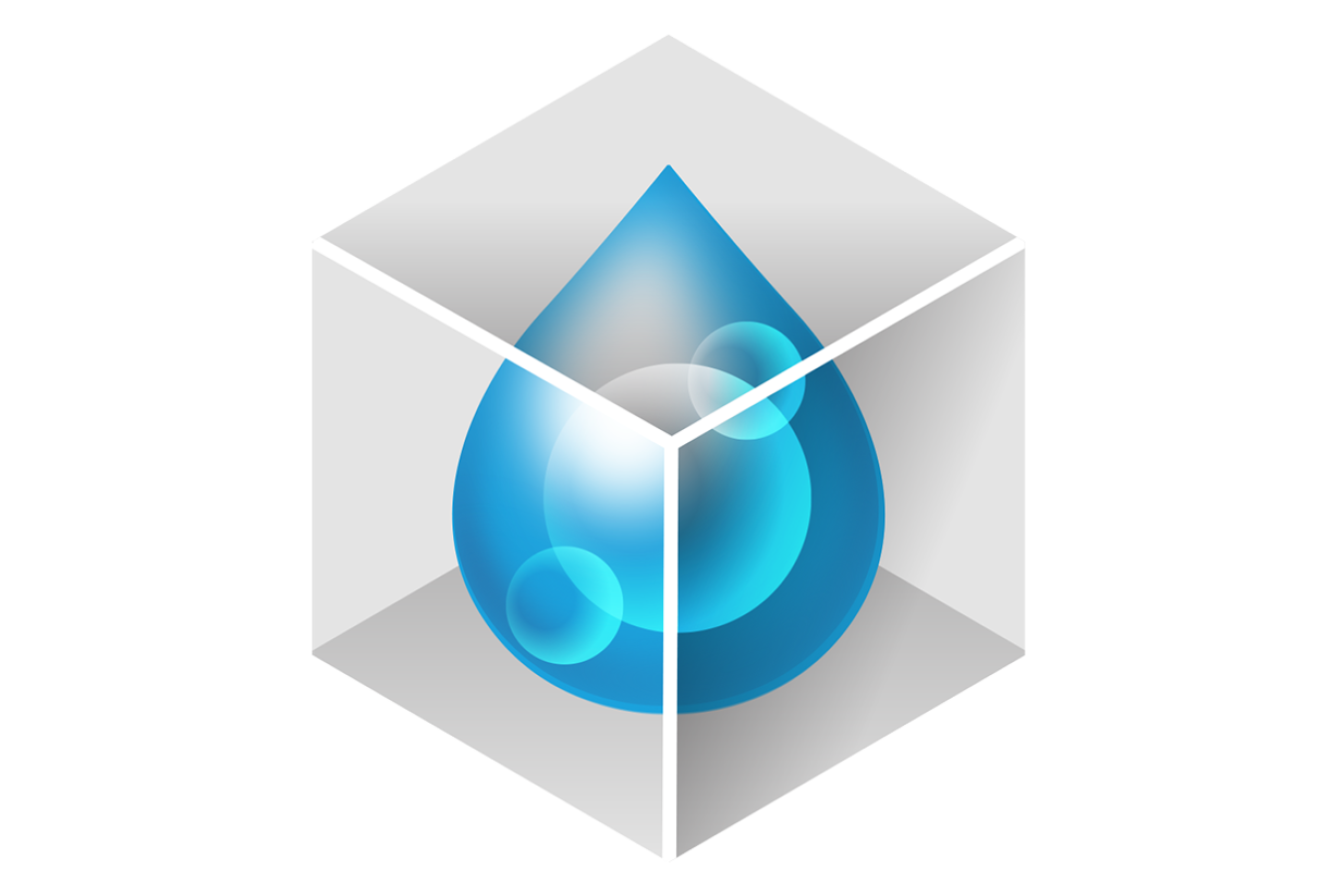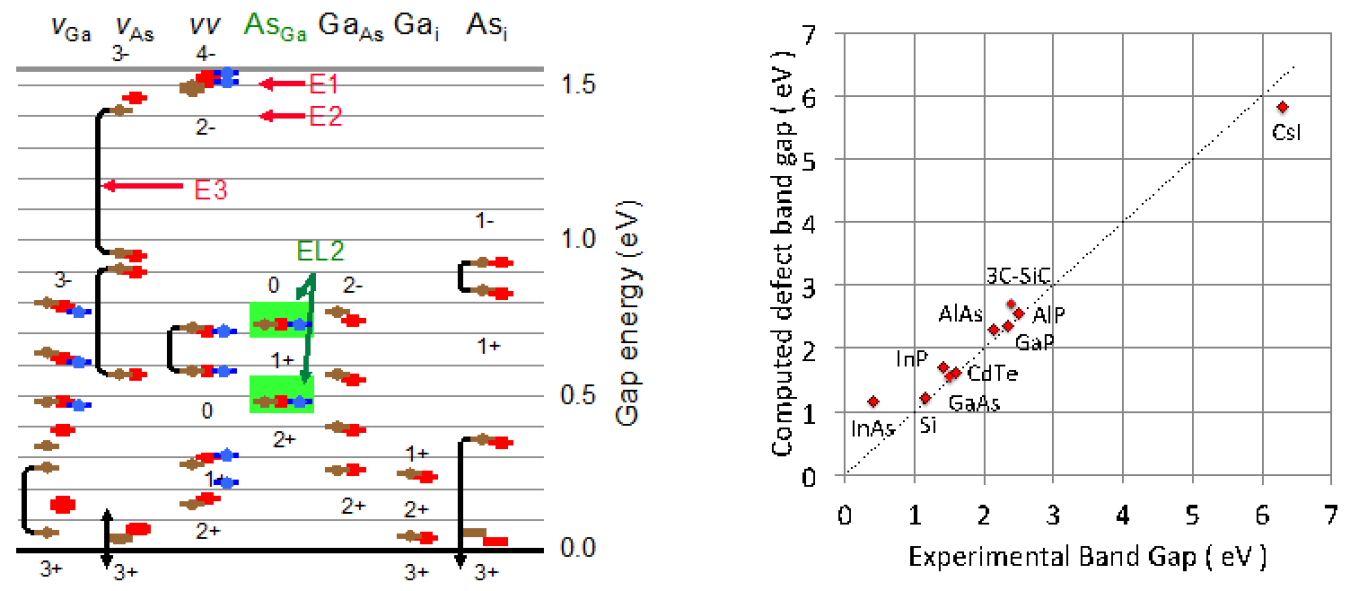
LABORATORY
Sandia National Laboratories (SNL)
CAPABILITY EXPERT
Peter Schultz
CLASS
Computational Tools and Modeling
WATER-SPLITTING TECHNOLOGY
Photoelectrochemical (PEC)
Description
SeqQuest is a general-purpose electronic structure code to compute energies and forces for periodic slabs or solids, or finite molecules. SeqQuest pseudopotentials and contracted-Gaussian basis sets in a "Linear Combination of Atomic Orbitals" (LCAO) approach in its description of the electronic structure, and is a very efficient, compact code that enables routine, high-throughput execution of very large-scale calculations (up to ~1000 atoms) with relatively modest compute resources.
Capability Bounds
SeqQuest runs on single-processor workstations and mpi-parallel compute clusters.
Unique Aspects
Rigorous treatment of reduced dimensionality boundary conditions, particularly for charged defects, SeqQuest rigorously and automatically corrects for supercell effects using the Local Moment Counter Charge method, providing accurate descriptions of charge state effects in semiconductors and oxides, including predicting defect energy gap levels validated to within 0.1e V.
Availability
No-fee research license & open community access on nanoHUB.org.
Benefit
Understanding how chemical composition and doping effect band structure and defect energetics, at the electronic structure level, is important to predicting material behavior and identifying new water splitting materials.
Images

Predicted defect levels and experimental defect centers in GaAs, and the effective defect gap (the range of computed defect levels) vs. experimental band gap for a variety of materials.
References
Theory of defect levels and the 'band gap problem' in silicon, P.A. Schultz, Phys. Rev. Lett. 90, 246401 (2006).
Modeling charged defects inside density functional theory band gaps, P.A. Schultz and A.H. Edwards, Nucl. Instrum. Methods B 327, 2-8 (2014).
Mechanical properties of metal dihydrides, P.A. Schultz and C.S. Snow, Modeling Simul. Mater. Sci. Eng. 24, 035005 (2012).
Website: http://dft.sandia.gov/Quest/
Contact us to find out more about collaboration opportunities and access the capability nodes within the HydroGEN network.

